
Suzuki Celerio Hatchback (2015-2019) boot space, practicality and safety
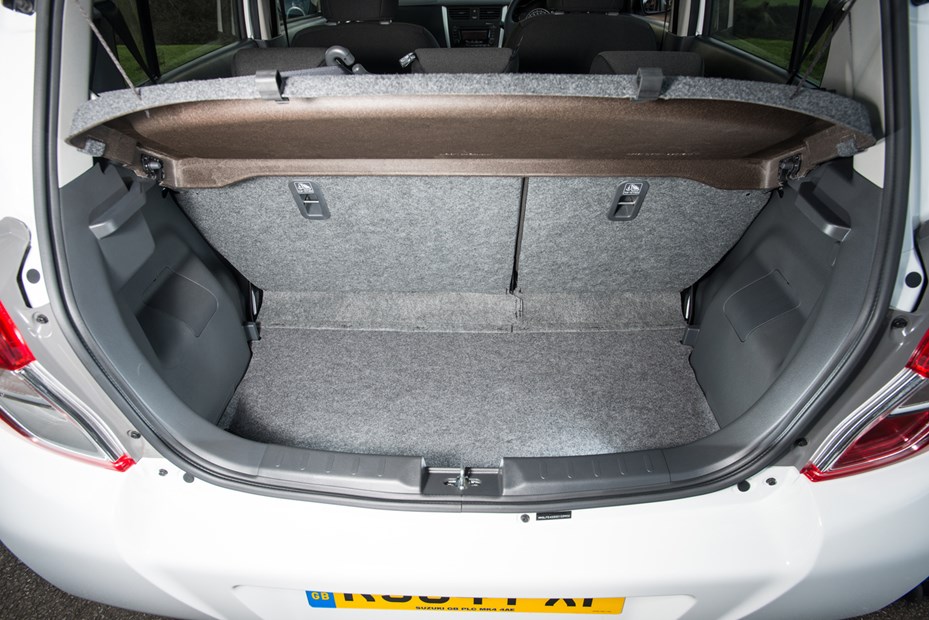
Although Suzuki Celerio safety levels have yet to be put to the test under the auspices of the experts at Euro NCAP, one day after going on sale the car was recalled to fix a serious problem with brake failure. Though Suzuki is taking steps to fix the fault, at this point we can’t award more than a pair of stars even though on paper it performs well in this respect.
Like other cars in the small hatchback segment, the Celerio uses a combination of regular and high-strength steel in its construction, with deformable crumple zones at the front and rear to absorb the majority of energy in a crash and reduce the chances of the main cabin area suffering serious damage.
Additionally, the Celerio’s equipped with ABS with a brake assist function giving greater stopping power, electronic stability software to keep the car upright and under control and a tyre pressure monitor.
Should you be unfortunate enough to be involved in an accident, as well as the Celerio’s safety cell, you’re also cushioned by six airbags (two up front, two in the sides of the front seats and two curtain types), three-point seatbelts in all five positions, the front ones with pre-tensioners, ISOFIX child seat mounting points on the outer rear seats and daytime running lights (LEDs on certain models).
With the most spacious cabin and roomiest boot in this size of car, Suzuki Celerio practicality ranks above all its key rivals.
Five doors and five seatbelts give the Suzuki an edge over many of its key rivals to start with, even before you probe the interior with a tape measure – the majority of its competitors have a choice of three or five doors, but only have four seatbelt positions.
It’s genuinely spacious for four adults too, with six-foot tall rear seat passengers finding enough head and legroom behind front seat occupants of similar heights. Okay, you’re hardly going to stretch your legs out in the back but a long journey should prove comfortable rather than tolerable.
At 254 litres with the rear seats in place, the Celerio boasts the largest boot in the class. Giving that some perspective, the SEAT Mii, Skoda Citigo and Volkswagen Up trio muster 251 each, while the latest Citroen C1 and Peugeot 108 only offer 196 litres. Even Hyundai’s spacious i10 narrowly falls short at 252 litres.
Fold both portions of the 60:40 split rear seat over and it’s a different story with the Celerio’s 726-litre capacity outgunned by the Mii/Citigo/Up at 951 litres and even beaten by the C1 and 108 at 780 litres. Class honours in two-seat mode go to the Hyundai i10 at 1,046 litres.
Which is more important depends on how you intend to drive the Suzuki – regularly use the back seats and its bigger boot will be a virtue, but if you tend to use a small hatch more like a diminutive van with two seats, rivals have the Celerio licked.
Euro NCAP rating
Ratings for this model not available

Equipment and options
- 3x3 point rear seat belts
- ABS
- Body coloured bumpers
- CD
- Cloth seat trim
- Driver`s airbag
- Front electric windows
- Height adjustable drivers seat
- Isofix child seat anchor points
- PAS
- Passenger`s airbag
- Side airbags
- Steering wheel reach adjustment
- Traction control
- Central locking
- Parking sensors
- Steel wheels
- Central locking
- Steel wheels
- n/a
- Air conditioning
- Remote locking
- n/a
- Air conditioning
- Alloy wheels
- Electric mirrors
- Front fog lights
- Rear electric windows
- Remote locking
- n/a
Dimensions
| Length | 3600mm |
|---|---|
| Width | 1600mm |
| Height | 1530mm - 1540mm |


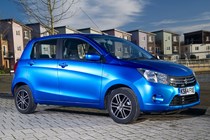
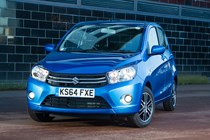
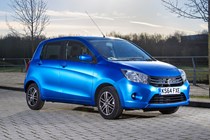
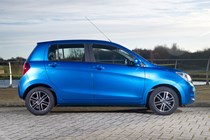

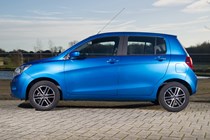
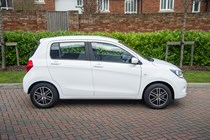
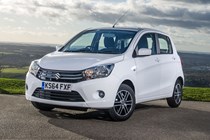
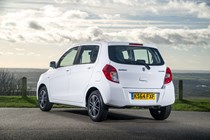
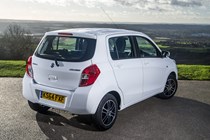
.jpg)
.jpg)
.jpg)
.jpg)
.jpg)
.jpg)
.jpg)
.jpg)
.jpg)
.jpg)
.jpg)
.jpg)
.jpg)
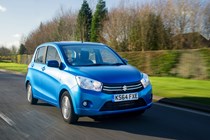
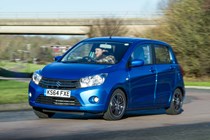
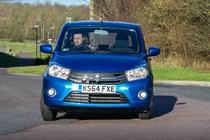

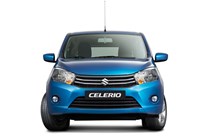
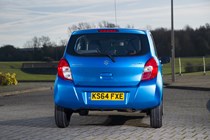
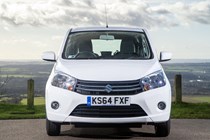
.jpg)
.jpg)
.jpg)
.jpg)
.jpg)
.jpg)
.jpg)
.jpg)
.jpg)
.jpg)
.jpg)
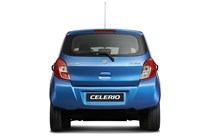
.jpg)


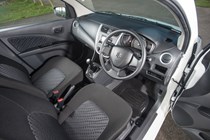
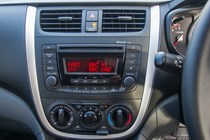
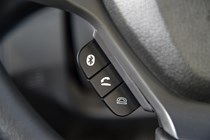
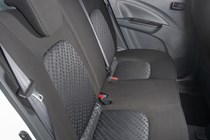
.jpg)
.jpg)
.jpg)
.jpg)
.jpg)
.jpg)
.jpg)
.jpg)
.jpg)
.jpg)
.jpg)
.jpg)
.jpg)
.jpg)
.jpg)
.jpg)
.jpg)
.jpg)
.jpg)
.jpg)
.jpg)
.jpg)
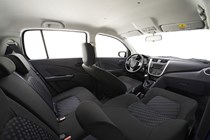
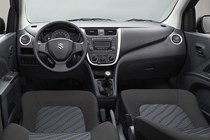

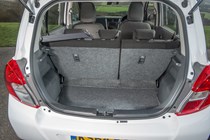
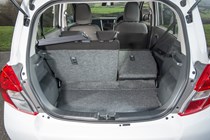
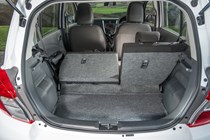
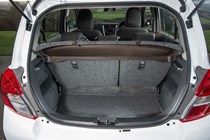
.jpg)
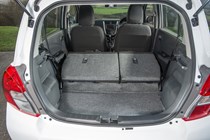
.jpg)
.jpg)
.jpg)
.jpg)
.jpg)
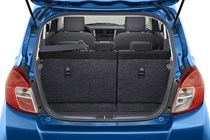
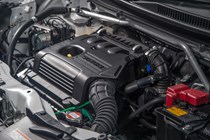
.jpg)
.jpg)
.jpg)
.jpg)










.jpg?quality=50)
.jpg?quality=50)
.jpg?quality=50)
.jpg?quality=50)
.jpg?quality=50)
.jpg?quality=50)
.jpg?quality=50)
.jpg?quality=50)
.jpg?quality=50)
.jpg?quality=50)
.jpg?quality=50)
.jpg?quality=50)
.jpg?quality=50)







.jpg?quality=50)
.jpg?quality=50)
.jpg?quality=50)
.jpg?quality=50)
.jpg?quality=50)
.jpg?quality=50)
.jpg?quality=50)
.jpg?quality=50)
.jpg?quality=50)
.jpg?quality=50)
.jpg?quality=50)

.jpg?quality=50)






.jpg?quality=50)
.jpg?quality=50)
.jpg?quality=50)
.jpg?quality=50)
.jpg?quality=50)
.jpg?quality=50)
.jpg?quality=50)
.jpg?quality=50)
.jpg?quality=50)
.jpg?quality=50)
.jpg?quality=50)
.jpg?quality=50)
.jpg?quality=50)
.jpg?quality=50)
.jpg?quality=50)
.jpg?quality=50)
.jpg?quality=50)
.jpg?quality=50)
.jpg?quality=50)
.jpg?quality=50)
.jpg?quality=50)
.jpg?quality=50)







.jpg?quality=50)

.jpg?quality=50)
.jpg?quality=50)
.jpg?quality=50)
.jpg?quality=50)
.jpg?quality=50)


.jpg?quality=50)
.jpg?quality=50)
.jpg?quality=50)
.jpg?quality=50)